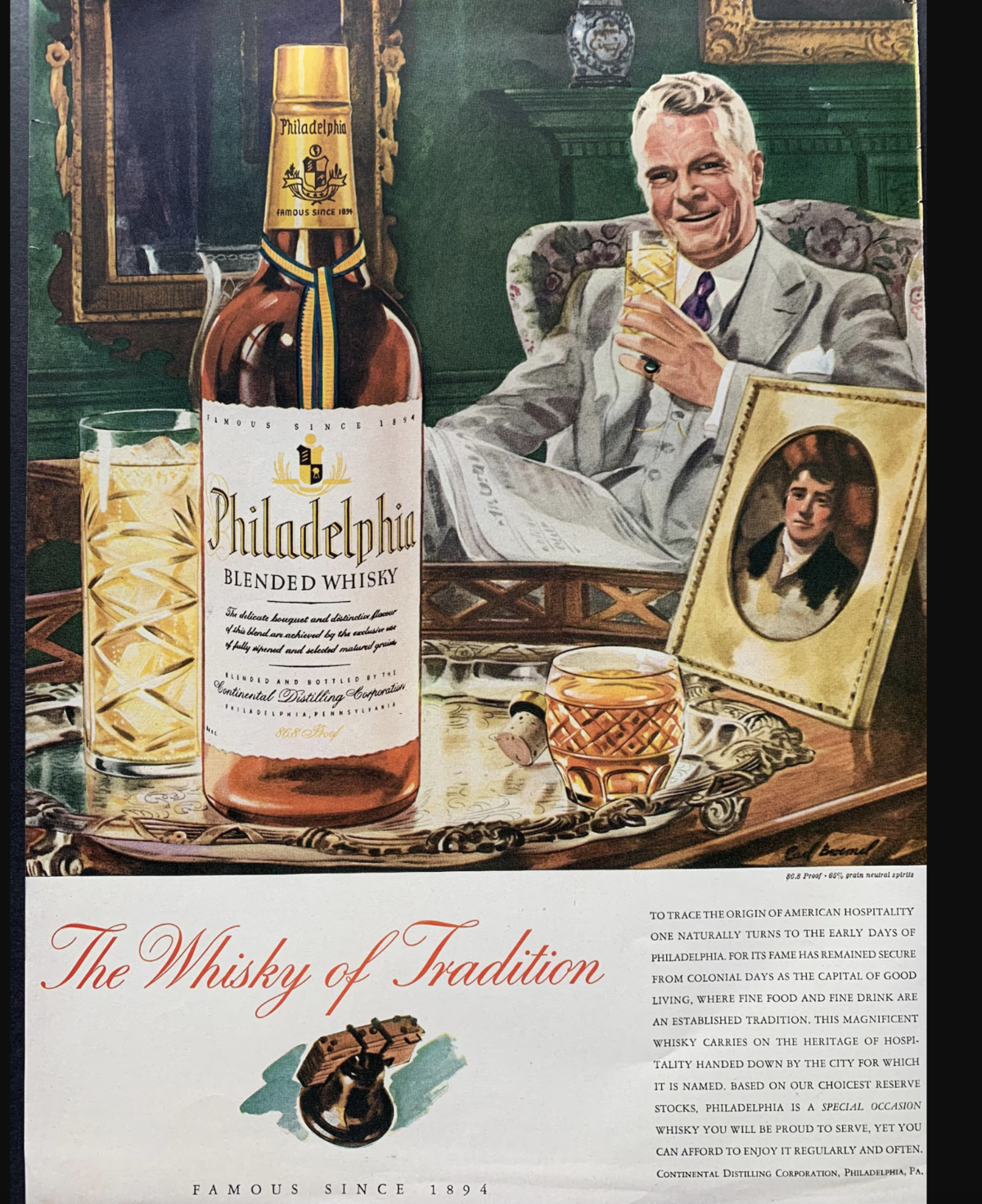Will type in long form later, but for now, reflect on the below. Thanks chatGPT / aristotle


- Emotional Drivers of Consumption: Many consumer behaviors are driven by deeper psychological needs—status, belonging, self-esteem, or even the search for meaning.
- Filling the Void: Products and experiences are often marketed as solutions to existential dissatisfaction, promising happiness, fulfillment, or identity. For example:
- Luxury goods symbolize status.
- Wellness products promise self-improvement.
- Technology offers connection and escapism.
2. Hedonic Treadmill
- The concept of the hedonic treadmill suggests that after the initial thrill of acquiring something, our happiness quickly returns to a baseline. This constant cycle of desire, fulfillment, and dissatisfaction keeps consumers engaged in continuous consumption.
3. Distraction Through Materialism
- Materialistic Culture: Modern consumer culture often encourages the belief that happiness and self-worth come from external possessions.
- Escapism: Shopping, streaming services, and social media offer temporary distraction from deeper issues like loneliness, anxiety, or lack of purpose.
4. Maslow’s Hierarchy of Needs
- Once basic needs (food, safety) are met, people often seek higher-level needs (love, esteem, self-actualization).
- Consumer behavior can target these higher levels, but often focuses on esteem needs, providing a sense of worth through comparison and status symbols.
5. Marketing’s Role
- Emotional Branding: Companies use emotional appeals to create a connection between their products and consumers’ perceived needs, often exploiting insecurities.
- Example: "You’ll be more confident if you wear this."
- FOMO (Fear of Missing Out): Marketing capitalizes on our fear of being left out to drive impulsive purchases.
6. Critiques and Alternatives
- Minimalism and Anti-Consumerism: These movements argue that true fulfillment comes from simplifying life, focusing on relationships, experiences, and personal growth rather than constant consumption.
- Mindful Consumption: Encourages consumers to reflect on why they buy—are they meeting genuine needs or avoiding deeper issues?
Jump back 3000 yrs. Aristotle’s concept of flourishing, or eudaimonia, is central to his ethical philosophy. Here’s how he defines and frames it:
Definition of Eudaimonia
- Eudaimonia as the Highest Good:
- For Aristotle, flourishing is the ultimate goal of human life—the highest good that we seek for its own sake, not for the sake of anything else.
- It is often translated as happiness, but a more accurate translation would be flourishing or living well.
- Living in Accordance with Virtue:
- Aristotle argues that flourishing is achieved through the exercise of virtue (Greek: ἀρετή, arete), which means fulfilling one’s potential and living in accordance with reason.
- Virtues are traits that enable individuals to perform their functions well, such as courage, temperance, and justice.
- Activity of the Soul:
- Eudaimonia involves an active life—it is not merely a passive state of being.
- It is the result of engaging in activities that express one’s rational capacities and virtues over a lifetime.
Characteristics of Flourishing
- Self-sufficiency: Flourishing makes life complete and leaves nothing lacking.
- Stability: It is not fleeting but requires consistency over time.
- Community and Relationships: Flourishing involves others, as humans are social beings, and friendships play a key role in living well.
- Pleasure: While not the main goal, genuine pleasure arises naturally from living virtuously.
Practical Example
A flourishing life would be one where an individual:
- Cultivates virtues like wisdom, courage, and kindness.
- Engages in meaningful activities and relationships.
- Balances intellectual and practical pursuits.
- Lives in harmony with their community and environment.
